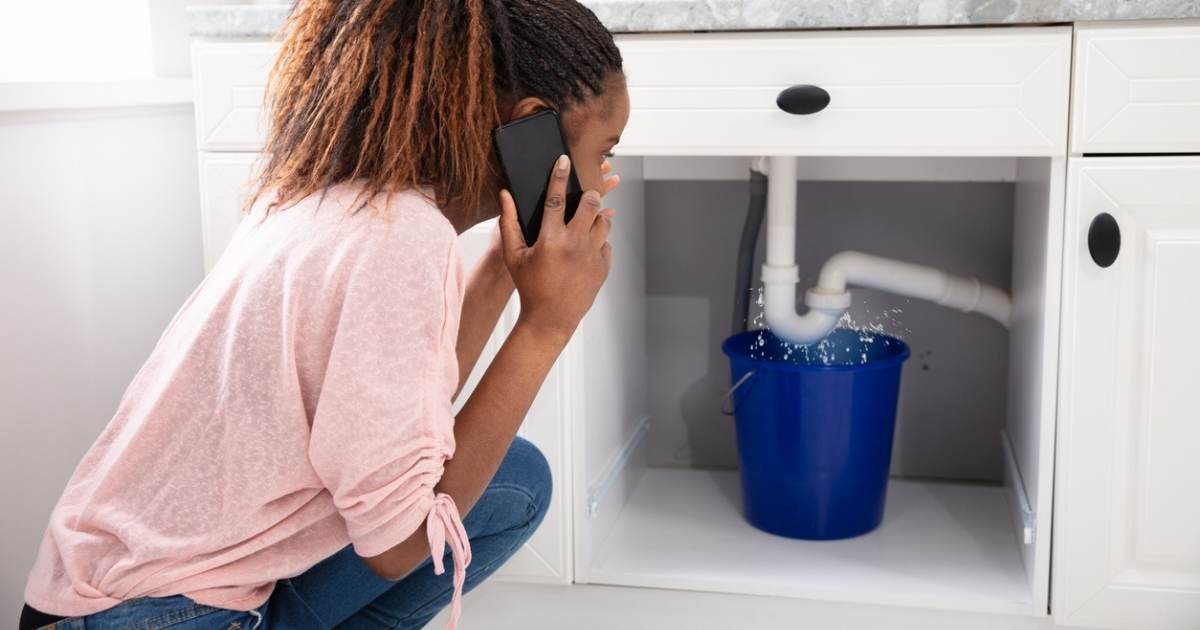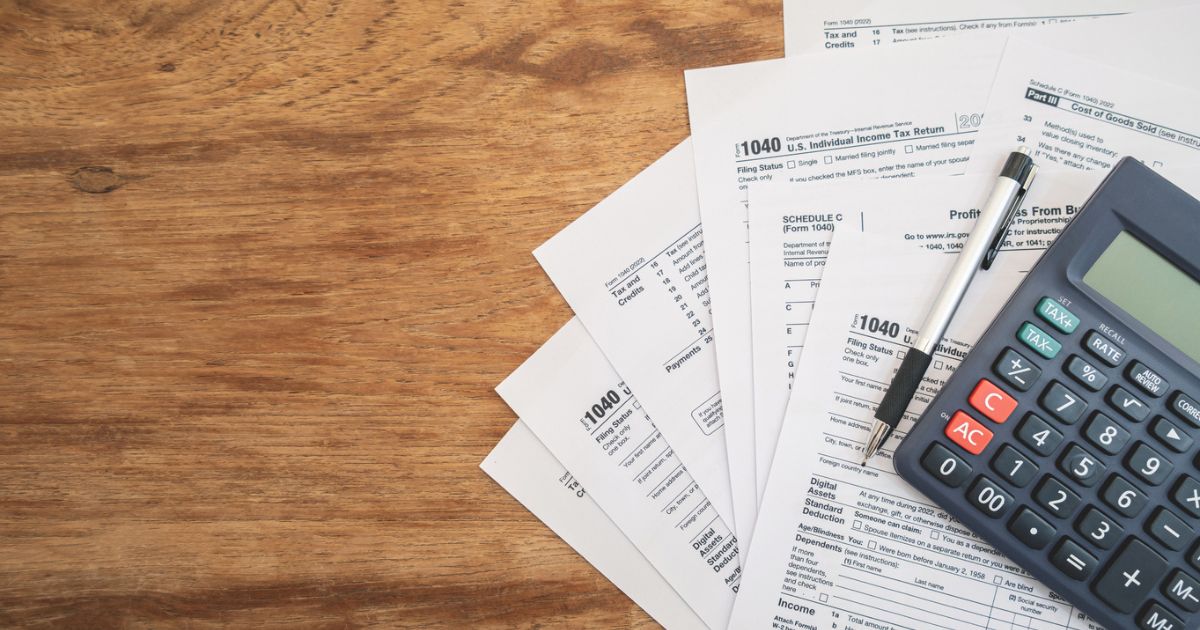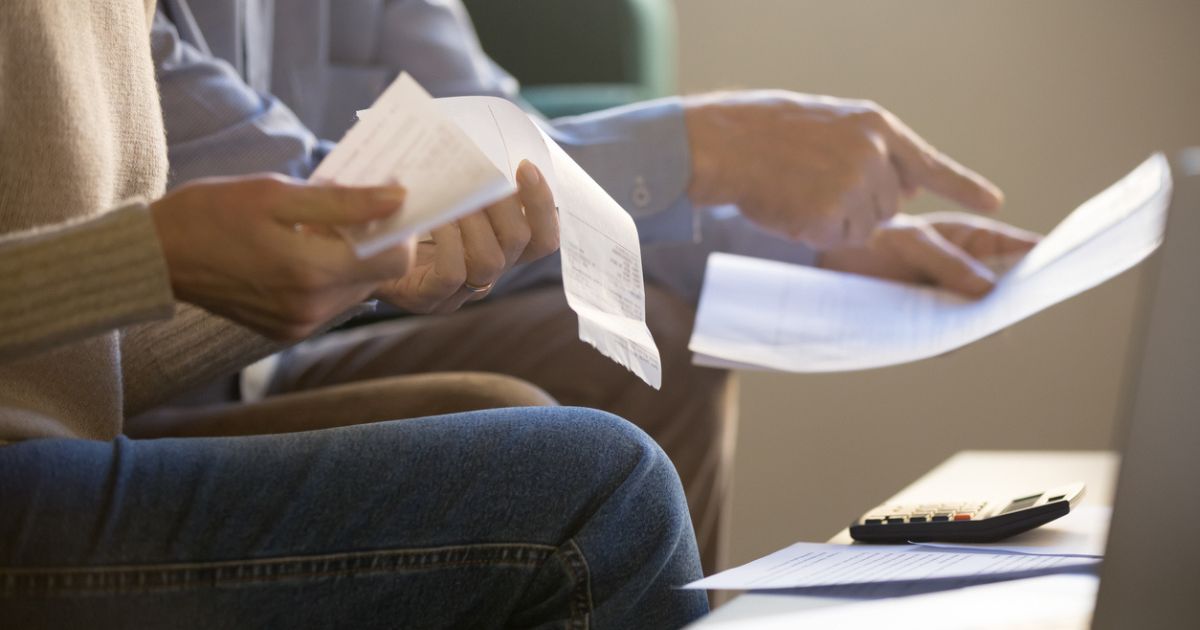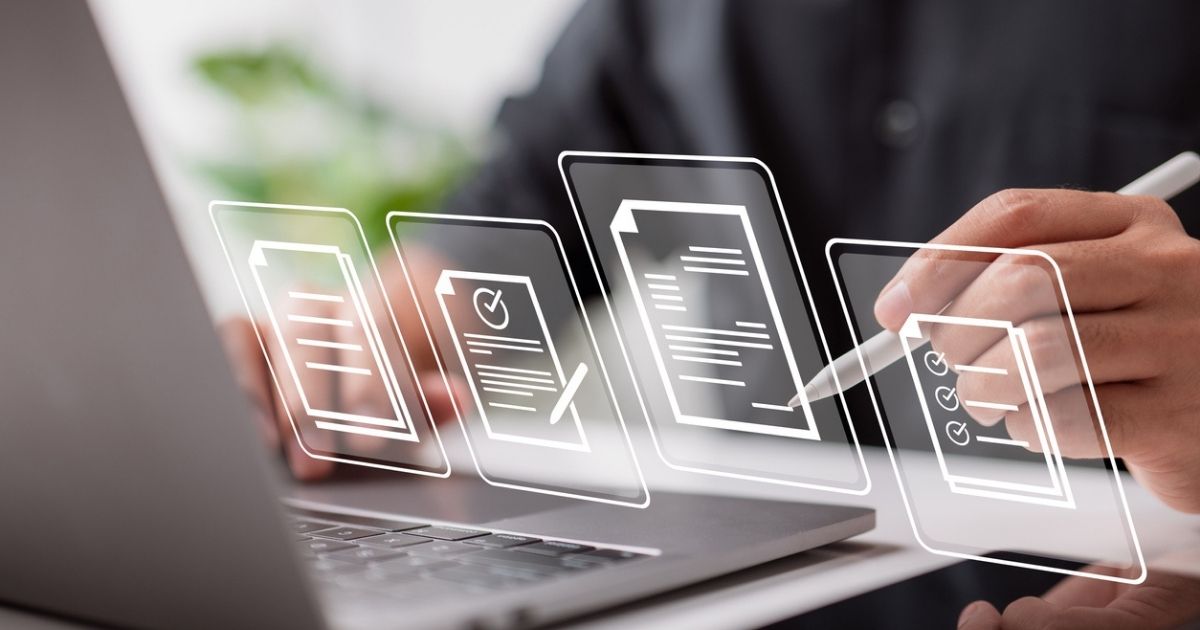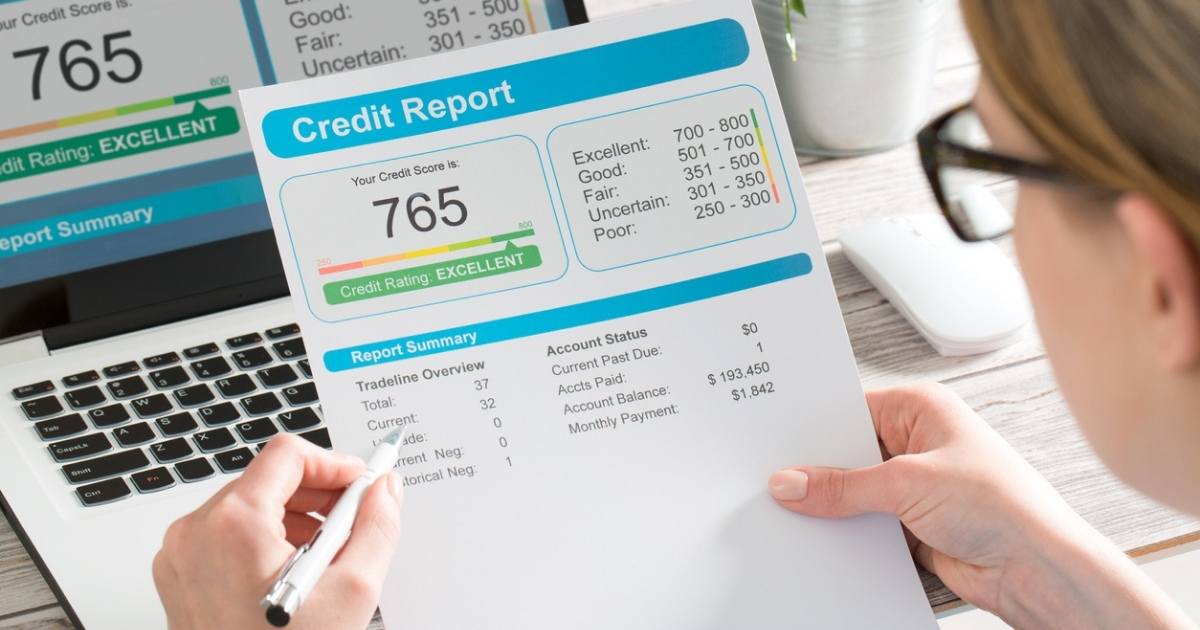It is easy to forget how much our daily lives, spending habits, and financial transactions have changed in the past two decades. Not long ago, making a purchase or payment was a manual process that required your thought, attention, and action. Millions of people under 40 in 2020 entered adulthood in an era where nearly everyone had to carry cash, write checks, and keep hand-written ledgers of transactions. Now we can handle much of our financial business on autopilot.
Autopay saves us a tremendous amount of time and takes tedious financial tasks off the table. Rather than spending hours each month managing a stack of bills, we can set up payment and forget it with a few quick clicks or taps.
But autopay comes with both pros and cons that can feel like a blessing and a curse.
Pros of Autopay
Using autopay for your bills offers benefits that most people want to take advantage of whenever it is an option.
Most notably, autopay can help you save money. Many companies offer discounts or waive fees if you set up automatic payments because getting your payment on time is less costly and boosts their cash flow.
When you have autopay, you are far less likely to miss payments, allowing you to avoid costly late fees. Missing a payment can hurt your credit score and cause setbacks on the path toward meeting your financial goals. If it is something you pay each month anyway, why not give yourself one less thing to remember?
If you transition to autopay, most companies will also give you the option to switch to e-statements; this not only helps cut down on waste but also cuts down on instances in which your financial information is floating around in the mail and lowers the chance of fraud.
Overall, the convenience of autopay can free up your time and provide peace of mind that important financial obligations are covered, with little effort on your part.
Cons of Autopay
While relying on autopay can bring a sense of relief from the tedious task of paying the bills and freedom from the consequences of forgetfulness, the time-saving solution is not without its problems.
If you pay the same amount every month, you can feel confident that the bill will be processed without a hitch. However, if you have bills that fluctuate, it may be better to monitor and manually pay the bill to ensure you are not overcharged. If you are not budgeting correctly, an unexpectedly large charge can cause your account to fall into overdraft and incur exorbitant fees.
You may also find yourself paying for unwanted items on autopilot each month without even realizing it. When you sign up for a gym or other membership-based account, be sure to read the fine print; your contract may require you to maintain the membership for a certain period, committing you to automatic payments for something you no longer want.
Even if your contract is flexible, check the subscriptions you are paying for regularly to ensure you are still using them and willing to pay. Far too often, people pay for streaming services, subscription boxes, software, and memberships they are no longer using. Maybe you signed up for a free trial that you forgot to cancel or lost interest.
Creating a list of your subscriptions can be helpful. You may also want to ensure you are receiving alerts for recurring charges.
Finally, keep in mind that autopay removes active, mindful choice when it comes to spending. Maintaining a close watch on your bills each month helps you make more informed, conscious decisions about where your money is going. You could be passing up cost savings and alternative options that are being ignored when your payments are out of sight and out of mind.
The Joy of Paying Bills
You might not think of paying bills as a joyful event, but having the ability to cover your expenses on autopilot means you have some level of financial security. It may seem like a small feat, but not living paycheck to paycheck or worrying about covering basic expenses is something worth appreciating.
Consider reviewing these auto-payments the same way you would review your budget, frequently and with attentiveness. Here is a checklist of items for your review:
- Review any autopay, subscriptions, and memberships that are coming out of your account. Ask yourself if this is necessary, is there a better alternative, does this bring me joy, and am I actively using it?
- While reviewing, check to see that you are receiving e-statements or e-invoices before being charged.
- Comprise an autopay list that will allow for an easier, quicker review in the future.
- Compare charges on your statement to your budget to ensure you are accounting for those costs.
- Question any unknown charges or fees on your bank statements.
- Review the terms of your autopay or membership contracts.
- Call those you currently have an outstanding balance with and see if they will waive fees or offer a discount if you switch to autopay.
While it is important to stay true to your financial goals, it is also just as important to spend your money wisely while enjoying what you are intentionally spending on each month.
Kevin Stoddard is a LPL Financial Advisor with Stoddard Financial in Quincy, Massachusetts. Stoddard helps clients throughout New England to identify, plan, and execute strategies designed for securing their desired financial future. With their Financial Wellness @ Work program, they engage, educate, and empower employees by helping them to understand and appreciate the value of their benefits package.
The opinions voiced in this material are for general information only and are not intended to provide specific advice or recommendations for any individual.
This material was prepared by Crystal Marketing Solutions, LLC, and does not necessarily represent the views of the presenting party, nor their affiliates. This information has been derived from sources believed to be accurate and is intended merely for educational purposes, not as advice.












